- Regulatory Status
- RUO
- Other Names
- Human Amyloid Beta 42; Human Amyloid Beta x-42, Human Aβ42
- Ave. Rating
- Submit a Review
- Product Citations
- publications
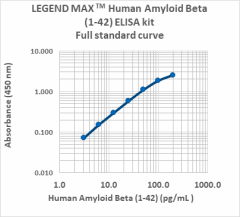
| Cat # | Size | Price | Quantity Check Availability | Save | ||
|---|---|---|---|---|---|---|
| 448707 | 1 Pre-coated Plate | 595 CHF | ||||
The Amyloid peptides are peptides of 36-43 amino acids which are produced through the post-translational cleavage of the Amyloid Precursor Protein by beta and gamma secretase. Although numerous different Amyloid beta species exist, the majority of the Amyloid Beta peptides produced by post-translational modification consists of either Amyloid Beta (1-40) (80-90%) and Amyloid Beta (1-42) (5-10%). Both variants are major components of the extracellular plaques found in Alzheimer’s disease brain. However, Amyloid Beta (1-42) was reported to be more prone to aggregation than the 1-40 variant despite differing in only 2 amino acids at the C terminus. Other studies that aimed at characterizing the difference in aggregation tendency between the two variants suggest that they have distinct 3D structures in solution.
The LEGEND MAX™ Human Amyloid Beta (1-42) ELISA Kit is a Sandwich Enzyme-Linked Immunosorbent Assay (ELISA) with a 96-well strip plate that is pre-coated with anti-human Amyloid Beta (1-42) antibody. The detection antibody is a biotinylated anti-human Amyloid Beta (1-42) monoclonal antibody. This kit is specifically designed for the accurate quantitation of human Amyloid Beta (1-42) from cerebrospinal fluid, serum, plasma, and tissue lysate. It is analytically validated with ready-to-use reagents.
Kit Contents
- Kit Contents
-
- Human Amyloid Beta (1-42) Pre-coated 96-well Strip Microplate
- Human Amyloid Beta (1-42) Detection Antibody
- Human Amyloid Beta (1-42) Lyophilized Standard
- Streptavidin-Polymer HRP
- Assay Buffer E
- Wash Buffer (20X)
- Substrate Solution D
- Stop Solution
- Plate Sealers
Product Details
- Verified Reactivity
- Human
- Application
-
ELISA
- Sensitivity
- 0.49 ± 0.16 pg/mL
- Standard Range
- 3.13 - 200 pg/mL
- Materials Not Included
-
- Microplate reader able to measure absorbance at 450 nm
- Adjustable pipettes to measure volumes ranging from 1 µL to 1,000 µL
- Deionized water
- Wash bottle or automated microplate washer
- Log-Log graph paper or software for data analysis
- Tubes to prepare standard dilutions
- Timer
- Plate Shaker
- Polypropylene vials
Antigen Details
- Cell Type
- Neural Stem Cells, Neurons
- Biology Area
- Cell Death, Neurodegeneration, Neuroscience, Neuroscience Cell Markers, Protein Misfolding and Aggregation
- Molecular Family
- APP/β-Amyloid, APP/Aβ Degradation
- Gene ID
- NA
- UniProt
- View information about Amyloid Beta 1-42 on UniProt.org
Related FAQs
- In your LEGEND MAX™ ELISA Kits, there is a step that calls for washing the plates before adding sample. What is the purpose of this step?
-
We typically use a stabilizer for pre-coated plates. The additional washing step is designed to remove these components before you start the assay. If you do not perform the washing, the effect on assay performance is negligible.
- I have multiple LEGEND MAX™ ELISA kits that I want to run simultaneously. Can I use the same wash buffer for all the kits?
-
The wash buffer provided in all our LEGEND MAX™ kits is the same and the part numbers on the wash buffer bottles in these kits should be identical. For ELISA MAX™ Deluxe and ELISA MAX™ Standard Sets, we provide a recipe for the wash buffer on each kit’s technical data sheet. This recipe is the same for all ELISA MAX™ sets.
- For some of your ELISA kits, why do my serum samples require dilution with assay buffer?
-
In some cases, dilution with assay buffer is required to minimize the matrix difference between the samples and the standards to achieve better accuracy.

 Login / Register
Login / Register 






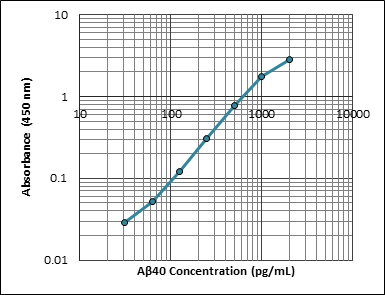
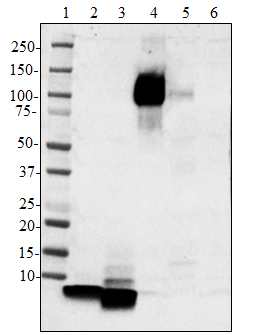
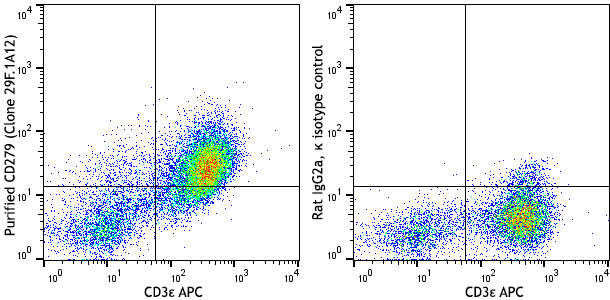
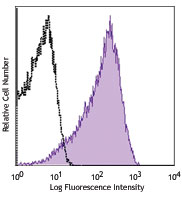



Follow Us